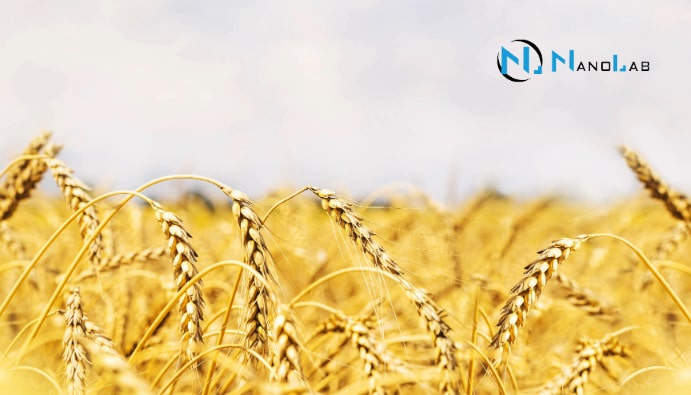
BLOG
KATEGORİDEKİ DİĞER YAZILAR

The choice of wheat type is important in food production. Based on the product to be produced, various criteria are taken as basis for the production of suitable flour and various raw materials:
Hard Wheat (Triticum durum): It has a high gluten content and harder grains. It is also known as durum wheat. It is used in the production of pasta, noodles and some types of bread.
Bread Wheat (Triticum aestivum L.): With its high gluten content, it allows the dough to rise and the bread to obtain the desired texture. Ideal for bread production.
High Protein Wheat: A protein content suitable for bread and pasta production, which creates a good gluten network and ensures the elasticity and rise of the dough.
Low Protein Wheat: Suitable for obtaining a softer and crisp texture. Preferred in cakes, cookies and pastry products.
The moisture content of wheat is an important parameter in the storage and milling process. In general, a moisture content of around 13-14% is required. High moisture content causes deterioration and mold in wheat.
Wheat is an important grain, mainly because of its use in flour production. The structure of wheat, which contains water, carbohydrates, protein, fat, cellulose, mineral substances, enzymes and vitamins, varies according to the region where it is grown.
Starch: The main carbohydrate component of wheat grains, acting as a source of energy.
Cellulose and Hemicellulose: complex carbohydrates found in the cell walls of wheat. They are known as dietary fiber.
Gluten: It is a protein complex that provides an elastic structure when combined with water. It provides the dough to rise and elasticity especially in bread production. The amount of gluten is higher in hard wheat than in soft wheat.
It serves as a source of energy and transports fat-soluble vitamins. It constitutes approximately 1.5-2.5% of wheat grains. The part with the highest fat content is the germ.
Moisture content, which affects the storage and milling process, should generally be between 10-14%.
Ash content in wheat is a parameter that gives information about mineral content. It is an important quality indicator used in the evaluation of flour. Ash content refers to the ratio of inorganic substances (minerals) remaining after the burning of wheat.
The presence of the above substances within the desired limits affects the quality of wheat and the product to be obtained. At the same time, cellulose, vitamins and enzymes are other chemical properties analyzed in wheat.
As Nanolab Laboratories Group, we serve with our experienced and expert staff on Chemical Analysis in Wheat.
For more information visit our website: https://www.nano-lab.com.tr/
You can follow us on LinkedIn for up-to-date news and posts about our services.
Follow our Instagram account to be informed about our latest blog posts.